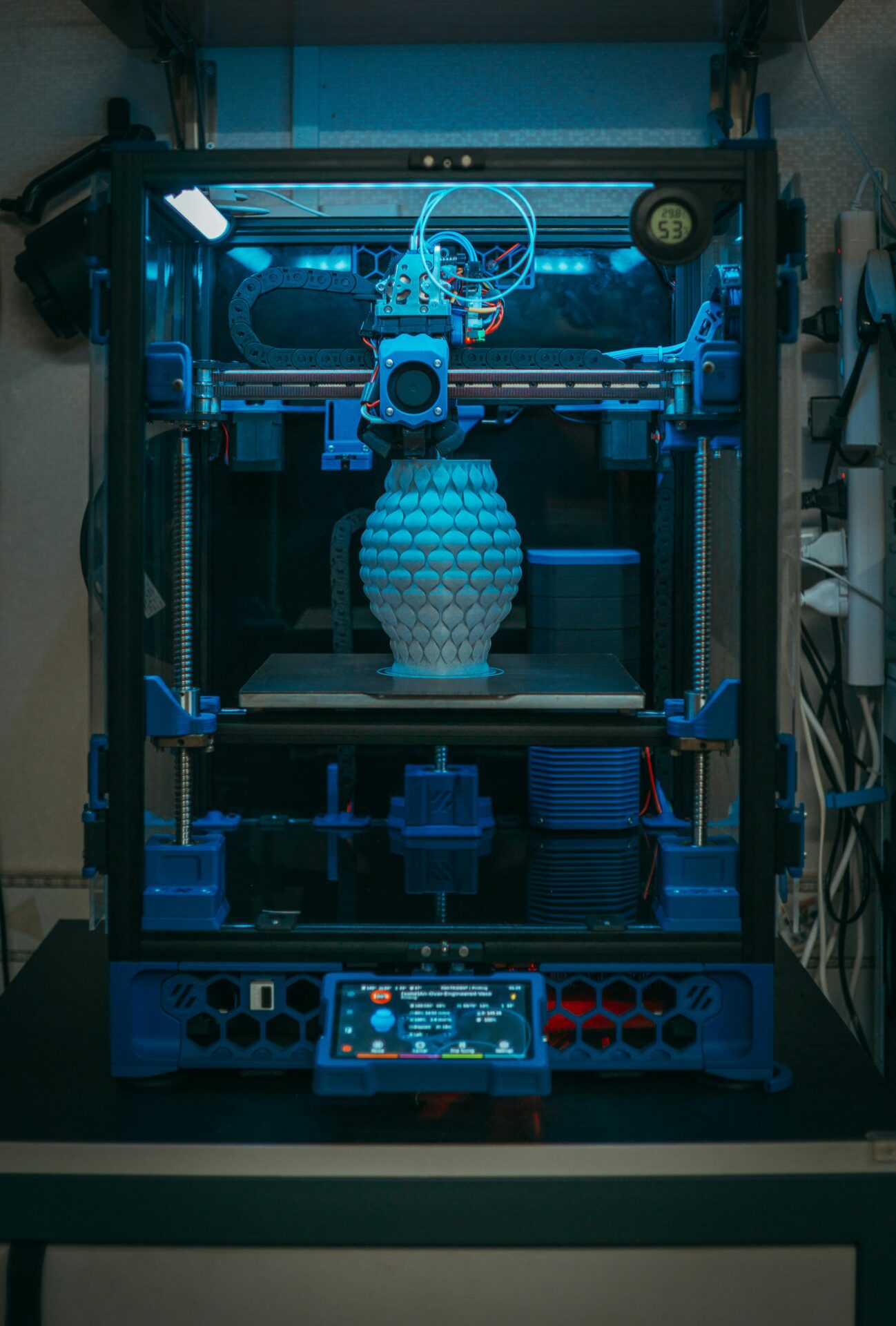America’s housing crisis continues to worsen. It is a formidable challenge, with soaring prices, dwindling supply, and widening disparities leaving millions grappling with housing insecurity. As rents skyrocket and homeownership becomes increasingly out of reach for many, urgent action is required. To address this crisis, a multipronged approach, encompassing both short-term interventions and long-term structural reforms, is necessary.
Then again, maybe not.
There’s a simpler solution, or so Business Insider would have us believe. Their narrative paints a picture of a future where 3D printers churn out homes like assembly line candy bars, offering a seemingly magical solution to the perpetual problem of affordability. It’s a tale that captures the imagination, promising sleek, budget-friendly homes popping up almost overnight. Yet, as we’ll soon see, reality paints a much bleaker picture.
At first glance, the notion of 3D-printed homes seems lifted from the pages of a sci-fi novel—a mouthwatering blend of affordability, speed, and personalized design. After all, who wouldn’t be enchanted by the prospect of bypassing the Kafkaesque bureaucracy of traditional home construction?
However, 3D printers come with a number of problems. Three, to be specific.
Firstly, let’s confront the financial implications. Business Insider’s narrative of cost-effectiveness overlooks the substantial initial investment required in 3D printing equipment. This demands a significant capital outlay, which may prove prohibitive for many aspiring homeowners, particularly those already marginalized by the absurdity of today’s housing market. Moreover, the purported savings in material costs are muddied by the reality of specialized polymers and intricate printing processes. These components drive expenses upwards, dampening the promise of affordability and rendering it a distant dream for those most in need (A 3D-printed home could set you back as much as $400,000).
Secondly, we must discuss the human toll. While Business Insider champions 3D printing as the pinnacle of progress, it neglects the stark reality of job displacement. Home construction stands as a cornerstone of employment in America, providing livelihoods for millions of skilled workers. Bricklayers, carpenters, plumbers, and electricians form the backbone of this industry, their expertise honed through years of training and experience.
Yet, as 3D printers assume prominence, these skilled workers face an uncertain future. Automation threatens to render their expertise obsolete, casting them aside in favor of machines. The human cost of this technological leap forward cannot be understated. It’s not merely about losing jobs; it’s about stripping individuals of their dignity and agency, relegating them to the sidelines of progress’s relentless march.
Consider the sheer magnitude of employment tied to home construction: according to the National Association of Home Builders, the sector employs over 10 million people in various capacities. These individuals form a vital part of our social fabric, their labor sustaining communities and fueling economic growth. To dismiss their plight, either intentionally or otherwise, in the face of technological advancement is to betray a fundamental disregard for human welfare.
Thirdly, there’s the issue of quality control. While 3D-printed homes may dazzle some journalists, doubts persist about their structural integrity and longevity. Business Insider’s narrative of speed and efficiency glosses over the inherent risks posed by hasty construction methods. Will these dwellings withstand the rigors of time and nature, or are they destined to crumble under the weight of their own inadequacies?
Much like Schrödinger’s cat, where the feline’s state is uncertain until observed, the processes inside a 3D printer can seem mysterious, even unfathomable.
When you send a design to a 3D printer, it goes through a series of steps involving slicing the model into layers and then depositing material layer by layer to build up the final object. These processes happen inside the printer, hidden from plain view, much like the contents of the Austrian’s mysterious box.
The lack of transparency regarding quality control measures is deeply troubling. Flaws in printing, material weaknesses, and design oversights raise legitimate concerns about safety and durability. How can we entrust the sanctity of our homes to technology that remains shrouded in uncertainty? The stakes are too high; we shouldn’t gamble with the lives and well-being of countless individuals.
As is clear to see, Business Insider’s portrayal of 3D printing as a panacea for America’s housing crisis falls short upon closer examination. Although innovation should be championed, it must not blind us to the numerous challenges at hand. True solutions to the housing crisis demand a far more holistic approach—one that prioritizes affordability without sacrificing human dignity, embraces progress without forsaking tradition, and upholds quality without compromise.
Image via Pexels







2 comments
Dave Kermode
I thought the points made regarding the effects on the professional craftspeople were well presented and valid. For that reason alone we should go slow on implementation of 3D building technology in homebuilding.
Michael Vindler
I agree that 3d printed homes are a long time and a few innovations away from being viable but most of your reasoning is unbelievably flawed. The reasons you list are from a point of view that 3d printed homes would be made in the same fashion that home plastic 3d printers work. Making this logical jump just shows that you did no research and put no effort into writing this article. Disgraceful.
Comments are closed.